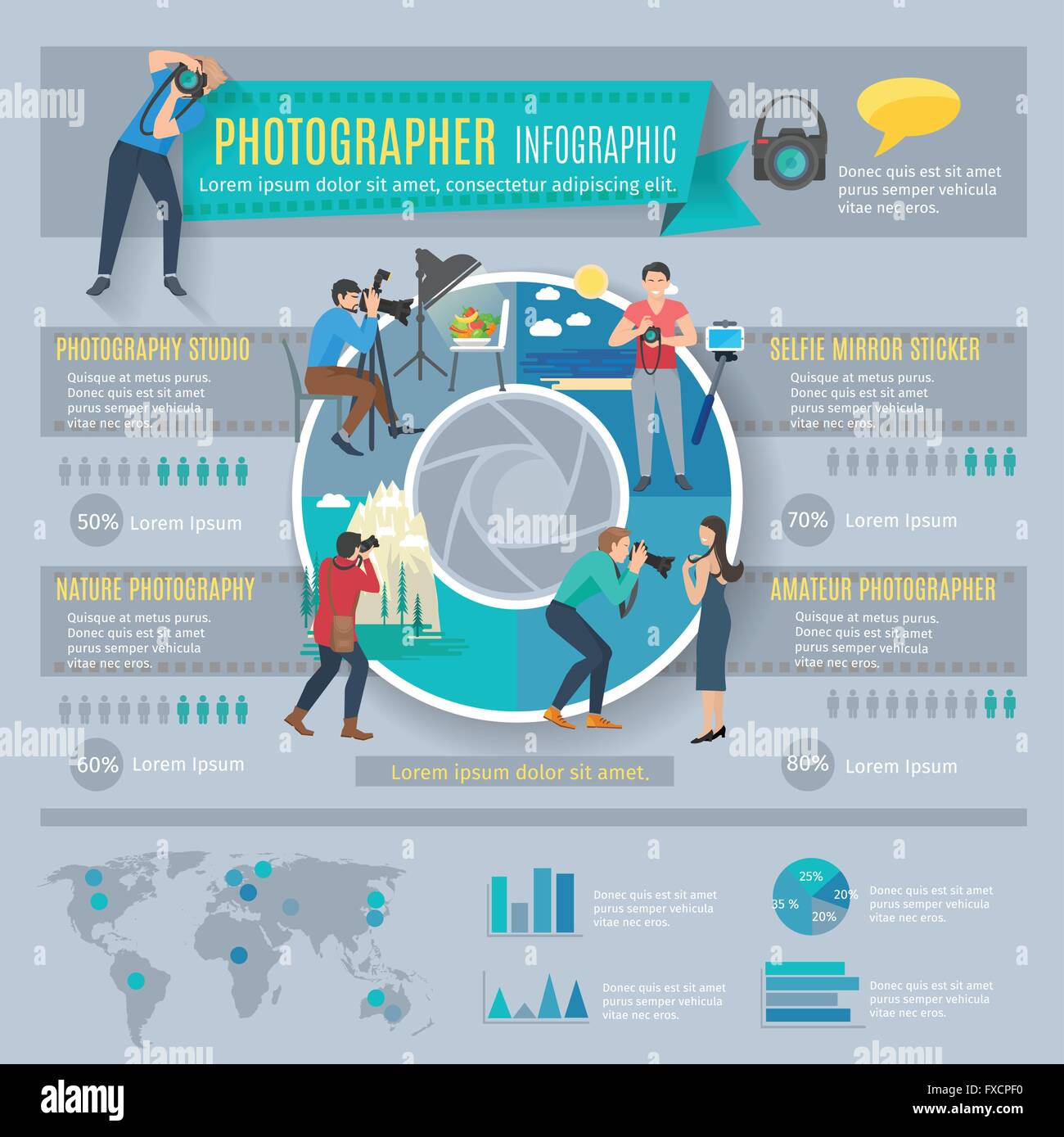What Every Photographer Needs To Know About Lighting
What Every Photographer Needs To Know About Lighting
Blog Article
Web Content By-Parks Isaksen
As a professional photographer, you understand that illumination can make or damage your photos. Understanding the nuances of both all-natural and fabricated light is necessary for capturing the state of mind and quality you aim for in your job. Whether you're going after the perfect gold hour radiance or fine-tuning your fabricated configurations, understanding these components can boost your photography significantly. However there prevail challenges that several neglect, and identifying them can change your strategy to every shoot. Allow's discover what Modern headshots may be missing and exactly how it can affect your outcomes.
Recognizing All-natural Light
Recognizing all-natural light is critical for any kind of professional photographer looking to improve their job. It's the foundation of wonderful photography, influencing mood, tone, and clearness. When Team photographer near me fire outdoors, take notice of the moment of day. The golden hour-- soon after dawn and prior to sundown-- supplies soft, warm light that can change average scenes into stunning images.
Don't undervalue the power of overcast days. Where to take photos for copyright card diffuses sunshine, producing a soft, even light that's excellent for pictures and macro photography. You'll locate colors appear this kind of lights without extreme shadows.
Positioning issues, also. Constantly consider your subject's positioning to the source of light. If the sun's behind your subject, you may wind up with a silhouette, which can be remarkable yet mightn't be what you want. Alternatively, straight sunlight can create uncomplimentary shadows.
Explore angles; in some cases, transforming your viewpoint can generate remarkable outcomes. Use https://writeablog.net/florance45leo/just-how-to-construct-a-digital-photography-profile-that-stands-apart -natural reflectors, like water or sand, to bounce light onto your subject, including dimension.
Mastering Artificial Light
Mastering fabricated light is vital for professional photographers that want to take their skills to the next level. Whether you're making use of speedlights, workshop strobes, or constant lights, recognizing just how to control these resources can dramatically improve your pictures.
Beginning by familiarizing yourself with the basics of light high quality, direction, and color temperature level. Experiment with various modifiers like softboxes, umbrellas, or grids to control the softness or harshness of the light.
You'll discover that soft light often develops complementary outcomes, while harsher light can add dramatization and deepness. Don't shy away from shadows; they can boost the three-dimensionality of your topics.
Pay close attention to the positioning of your lights. A light located as well near to your subject can develop uncomplimentary outcomes, while also away can result in a lack of detail. Make use of a light meter or your electronic camera's histogram to guarantee you're revealing correctly.
Last but not least, bear in mind that fabricated light can be combined with ambient light for creative results. Stabilizing these resources may take method, once you understand it, your digital photography will absolutely shine.
Methods for Different Scenarios
When you step into various capturing circumstances, adjusting your lighting strategies is important for catching the very best photos. For outdoor portraits, utilize the golden hour-- morning or late afternoon light-- to soften shadows and enhance complexion.
If it's a rough midday sunlight, take into consideration using a reflector to jump light back onto your topic or seek shaded areas for a more even exposure.
In low-light scenarios, like indoor events, enhance your ISO and use a vast aperture to allow in more light. A tripod can help eliminate cam shake, permitting longer direct exposures without obscuring.
If you're shooting at evening, explore off-camera flash to produce vibrant lights and deepness in your photos.
For product photography, make use of diffused lights to prevent severe representations. Softboxes or light outdoors tents can help achieve this effect.
When photographing landscapes, think about the direction of light and time of day, as it can substantially transform the mood of your shot.
Constantly be ready to adjust your settings and positioning based on the scenario, as adaptability is crucial to understanding illumination in digital photography.
Verdict
To conclude, understanding lights is crucial to elevating your photography abilities. Accept natural light's charm throughout golden hour, and do not avoid experimenting with fabricated light strategies. By adapting your method to various situations, you'll capture stunning images that reverberate with feeling and clarity. Bear in mind, the right lighting can change a regular shot into something remarkable, so keep exercising and refining your understanding of both natural and synthetic light. Pleased shooting!
